Elektor Lab Notes 17: Vintage Electronics, LoRa-Based Data Transmission, and More
on

Saad Imtiaz (Senior Engineer, Elektor)
LoRaWAN Project Completed: I'm thrilled to share that the LoRaWAN project is now complete! Through a series of power optimization changes, I managed to reduce the system's power consumption from 25mA to just 4.5mA. This was achieved by putting the LoRa module and the SCD30 sensor into sleep mode, along with implementing other power-saving techniques. The full details of this project will be featured in the September-October edition of Elektor Magazine, but meanwhile, you can get a sneak peek at what the system looks like.
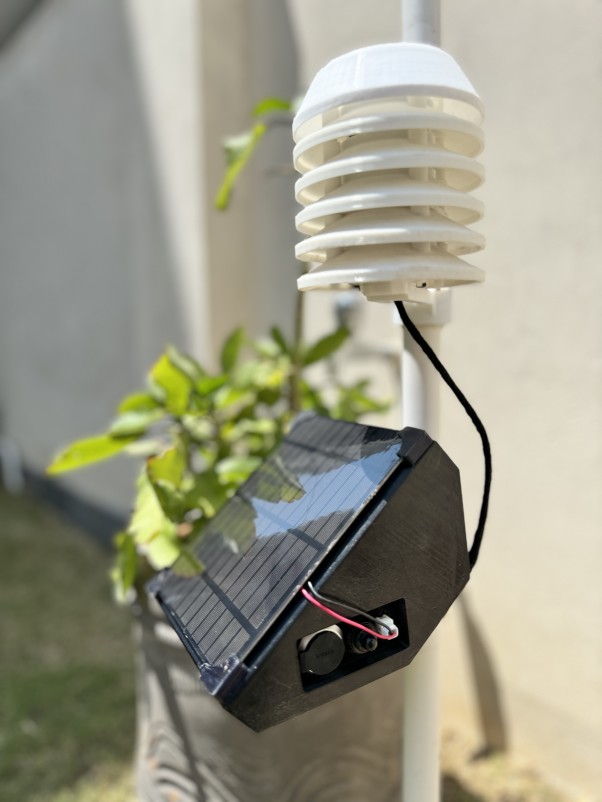
ESP32-Based Energy Meter Firmware Development: Currently, I'm focusing on developing custom firmware for the ESP32-based energy meter. This firmware uses MQTT to send energy meter data and opens up a world of possibilities for integrating different modules and implementing AI and ML features. While ESPHome provides basic control, this custom firmware will unlock much more flexibility, allowing for advanced functionalities and tailored applications.
Jean-François Simon (Engineer, Elektor)
Vacuum Tube ElectronicsRecently, I became interested in a circuit containing vacuum tubes. It's an old L724 radio from the French brand Ducretet - Thomson, dating from the late 50s. Of course, there's no FM, RDS or even DAB+ here. This is a good old-fashioned AM superheterodyne set. It uses UCH42, UBC41, UY41, UF41 and UL41 tubes (pardon my French) and could do with a little restoration before going back into service. It will probably be necessary to replace a few paper capacitors, but that's not enough! In particular, I want to understand how the circuit works in detail. But where to start, when one is, like me, a novice when it comes to tube circuits?
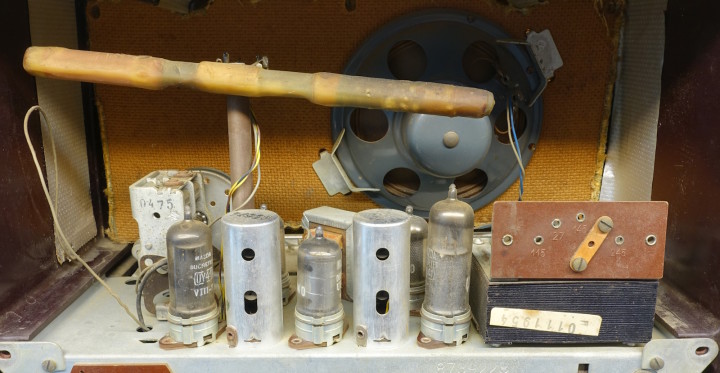
While browsing the internet, I came across two gems. Firstly, the book Basic Electronics, from 1955, which explains circuits in a very easy-to-understand style. Then, for those who want to delve deeper into the subject, the Radiotron Designer's Handbook, 4th Edition is one of the classics. At 570 pages for the former and around 1500 for the latter, I'm not even close to having exhausted the subject! And you, what resources (online or in print) would you recommend for a (relatively) young person interested in vacuum tubes, as an important part of history? Let us know in the comments.
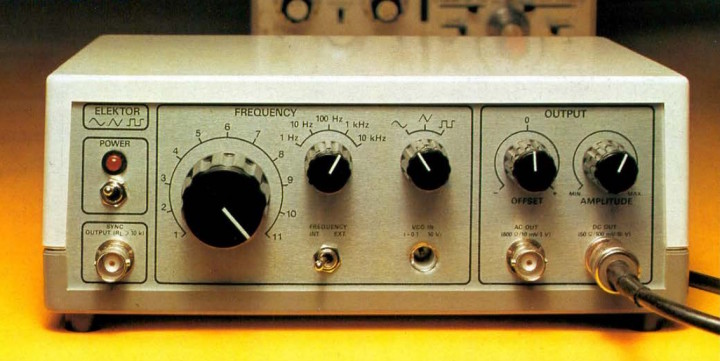
Vintage Signal Generators
Still on the subject of vintage circuits, but a little more recent than vacuum tubes, I've recently been reading up on function generator circuits. The ICL8038 and XR2206 have long since been discontinued by their original manufacturers, but there are a surprising number of clones on the Chinese market, and kits using these clones. So there are buyers out there for these things, even in the age of DDS, which is much better at generating signals with a microcontroller! This reminded me of a (long) video by Roger Leifert, who hosts the kainkalabs channel, related to Burkhard Kainka, with whom some of our readers are familiar. Roger had shown the flaws in a very common XR2206-based kit, as well as the differences between original XR2206s and recent Chinese clones. All of which piqued my curiosity, so I picked up a few of these components (old and new) to try them out. Stay tuned for more.
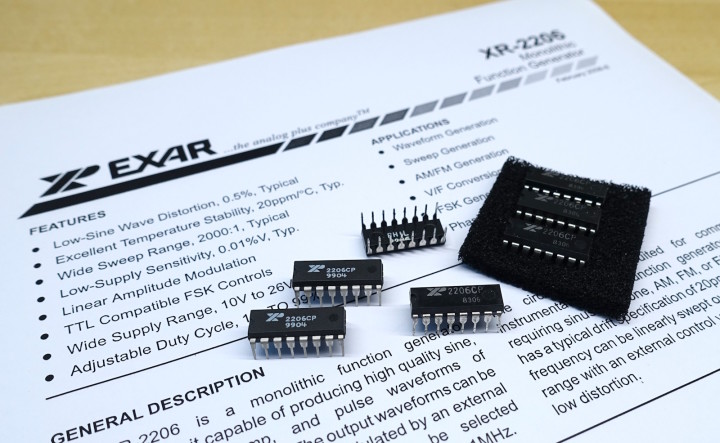
The Website of the Month
Obviously, my comparisons between components will be limited to oscilloscope and multimeter measurements. I don't have the equipment (or the knowledge!) to de-cap integrated circuits and analyze them under a microscope. On the other hand, Richard Kaussler, alias “Noopy”, does indeed! I highly recommend his website, it's absolutely fascinating. Richard is truly passionate about his work and has dissected hundreds of transistors and integrated circuits of all kinds. The photos he has taken are magnificent. For some components, certain sub-assemblies are explained! Also worth a look are his numerous topics on the EEVBlog forum, like this one. You'll find the same images, but this time with fascinating discussions with the community. Absolutely outstanding content, thank you Richard for your dedication.
C. J. Abate (Direct, Content and Lab, Elektor)
A few items to consider this month. Let's take a look.Elektor Surpasses 30k Subscriptions on YouTube!
We are excited to share that our YouTube channel, Elektor TV, recently surpassed 30,000 subscribers! This milestone wouldn't have been achievable without your ongoing support and passion for Elektor and its cutting-edge electronics and technology content. Below are some of the most popular videos from the past month.We introduced the Raspberry Pi Pico 2:
“Look Mum No Computer!” Sam joined us to talk analog synthesizers, the Elektor Formant, MIDI, and more:
Elektor engineers Jens Nickel and Brian Tristam Williams, alongside Elektor engineers Saad Imtiaz and Jean-François Simon covered PCB design and enclosure essentials in ELektor Lab Talk #20:
Topic Page Updates!
We've been updating the content on our various topic pages! For instance, we've published recent news about embedded solutions, wireless technology, and Raspberry Pi! Head over to the topic pages to start reading.



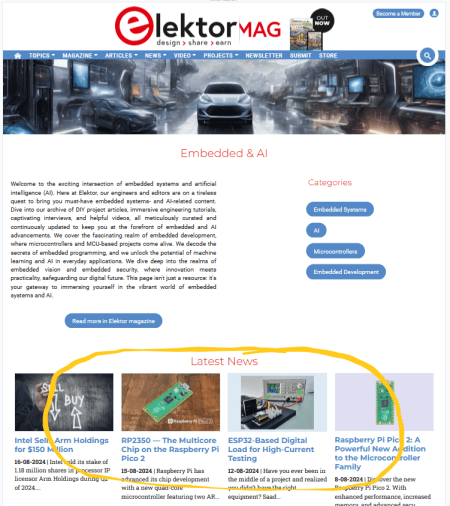


Discussion (4 comments)
JLM7174 7 months ago
J.F. Simon, Elektor 7 months ago
EN111194 7 months ago
I would particularly recommend the article by Peter Vaughn on the vintage radio.net forum. He describes a series of simple mods to improve the sound quality and performance and give it a more modern type of output.
Ed Dinning Retired Engineer
J.F. Simon, Elektor 7 months ago